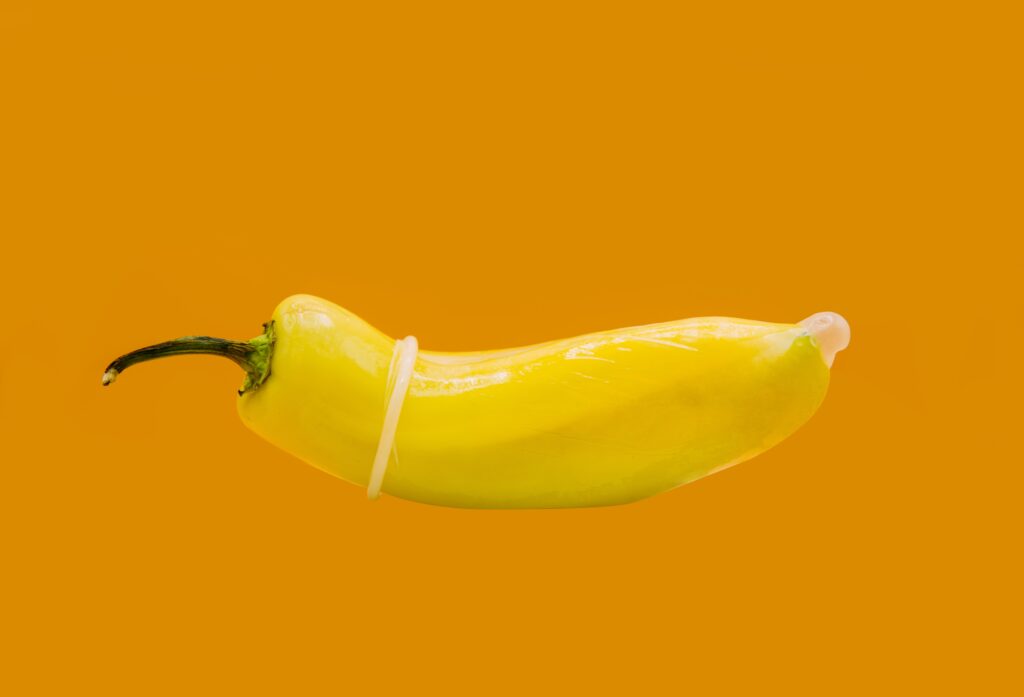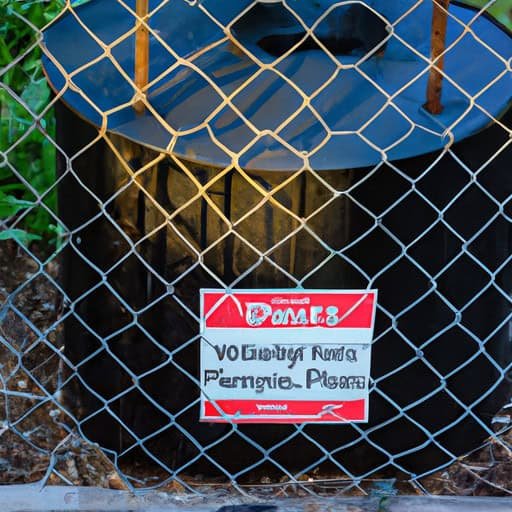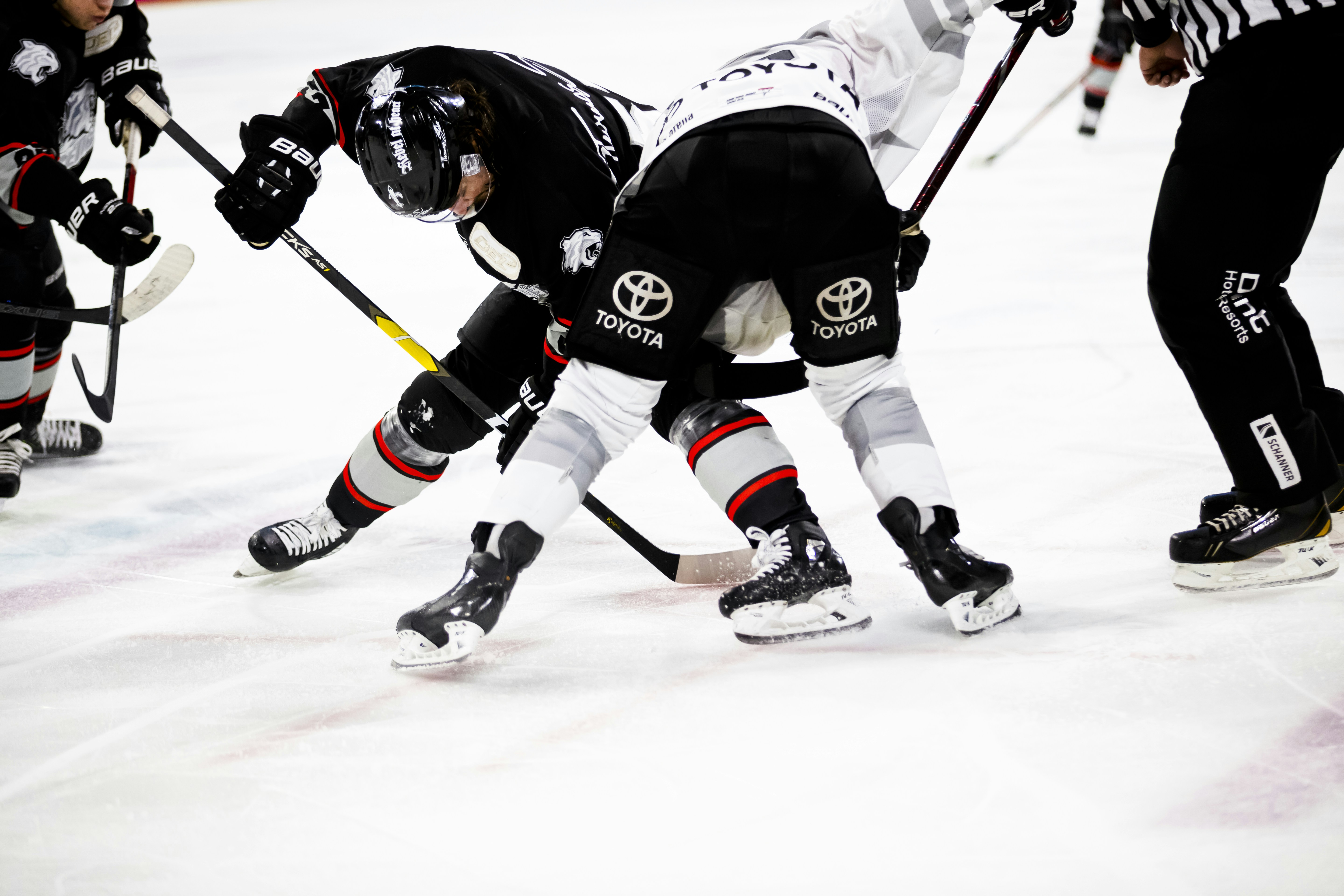Are you constantly worried about pests and animals contaminating your well water? If so, you’re not alone. Many homeowners face the challenge of protecting their wells from unwanted visitors, who can not only cause damage but also pose health risks. Fortunately, there are several effective measures you can take to safeguard your well and ensure the safety and purity of your water. From installing well covers and sealing entry points to implementing preventive measures, this article will provide you with practical solutions to keep pests and animals at bay and maintain the integrity of your well. So, let’s get started and learn how you can protect your well from these unwanted intruders.

Locate the Well Properly
When it comes to protecting your well from pests and animals, one of the first steps you should take is to choose a strategic location for your well. Avoid placing it near areas with high vegetation or overhanging trees, as these can provide a convenient access point for pests. By keeping a distance from vegetation, you can minimize the chances of animals and insects finding their way into your well.
Additionally, it is crucial to secure the well casing to prevent any unwanted intrusions. Ensure that the casing is tightly sealed and free from any gaps or cracks where pests or animals can enter. Regularly inspect the well casing and promptly repair any damages to ensure that it remains secure.
Install Well Covers
Installing well covers is another effective way to protect your well from pests and animals. There are various types of well covers to choose from, depending on your specific needs. Some common options include metal covers, concrete covers, or even custom-made covers. When selecting a well cover, make sure it fits securely and provides a tight seal to prevent any unwanted visitors from entering your well.
Use Animal Repellents
When it comes to keeping animals away from your well, animal repellents can be quite helpful. Chemical repellents are widely available and can be sprayed around the perimeter of your well to deter animals. Make sure to follow the instructions and guidelines provided by the manufacturer when using chemical repellents.
If you prefer natural remedies, there are also several natural animal repellents that can be used around your well. Some examples include planting certain types of flowers or herbs known to repel pests, such as marigolds or mint. These natural deterrents can help keep animals at bay without the use of harsh chemicals.
Implement Physical Barriers
In addition to repellents, implementing physical barriers around your well can be highly effective in preventing access to pests and animals. Fencing off the area and installing gates can create a physical barrier that deters animals from entering. Make sure the fence is properly secured and extends underground to prevent burrowing animals from digging their way in.
Mesh and screening can also be used to cover any openings or vents around the well casing. This will prevent small pests, such as rodents or insects, from squeezing through tiny gaps and accessing the well. Regularly inspect the mesh and screening for any signs of damage or wear, and repair or replace as necessary.

Maintain Proper Sanitation
Maintaining proper sanitation around your well is crucial to prevent attracting pests and animals. Ensure that the area surrounding the well is kept clean and free from debris, food scraps, or other waste materials that can serve as a food source for pests. Regularly remove any standing water near the well, as this can attract various unwanted organisms.
It is also important to dispose of waste properly to avoid any odors or attractants that may draw pests. Use sealed trash bins and properly seal any food waste before disposing of it. Keeping the area around the well clean and free from potential food sources will help minimize the risk of pests and animals being drawn to your well.
Regular Inspections and Repairs
Regular inspections are a vital part of protecting your well from pests and animals. Schedule periodic well checks to identify any signs of damage, gaps, or cracks in the well casing or surrounding areas. Promptly address any issues you discover during these inspections to prevent pests or animals from exploiting vulnerabilities and entering your well.
If you notice any damages or signs of pest activity, it is important to undertake repairs promptly. Fixing any gaps or cracks in the well casing, repairing or replacing damaged mesh or screening, and addressing any other vulnerabilities will help maintain the integrity of your well and prevent unwanted intrusions.
Ensure Proper Drainage
Proper drainage is crucial in keeping your well protected from pests and animals. Preventing water accumulation near the well is essential, as standing water can attract a variety of pests and animals. Ensure that the area around your well is properly graded and sloped away from the well, allowing water to drain effectively. This will help minimize the risk of pests being drawn to the moisture around the well area.
In addition to ensuring proper drainage, redirecting runoff away from your well can also be beneficial. Consider installing gutters or diverts to direct rainwater away from the well and prevent pooling or accumulation near the well casing. This simple step can further reduce the risk of pests or animals being attracted to your well.
Seal Entry Points
To protect your well from pests and animals, it is essential to identify vulnerable areas and seal any potential entry points. Inspect the well casing, vents, or any other openings around the well for signs of gaps or cracks. Apply appropriate materials, such as caulk or foam sealant, to seal these entry points and prevent pests from gaining access to your well.
Regularly check for any signs of wear or damage around the well area that may create new entry points for pests. Address these issues promptly to ensure that your well remains well-protected and free from unwanted visitors.
Use Traps and Deterrents
Implementing traps and deterrents can provide an additional layer of protection for your well. For rodents, strategically placed traps can help control their population and prevent them from entering your well. Be sure to follow safety guidelines and handle traps properly to avoid any harm to yourself or non-target animals.
Sound and light deterrents can also be effective in keeping pests and animals away from your well. These devices emit ultrasonic sounds or flashing lights that are unpleasant to pests, effectively deterring them from the area. Consider installing such deterrents around the well perimeter to discourage any unwanted visitors.
Seek Professional Assistance
If you are facing persistent pest or animal issues around your well, it might be beneficial to seek professional assistance. Consult pest control experts who specialize in dealing with well-related pest problems. They can provide you with expert advice, recommend appropriate solutions, and help with the implementation of effective pest control strategies.
In some cases, it may be necessary to hire professional wildlife removal services. These experts are trained in safely and humanely removing animals that may have found their way into your well area. They can assess the situation, trap or remove any animals, and provide recommendations to prevent future encounters.
In conclusion, protecting your well from pests and animals requires a combination of strategies. By choosing a strategic location, installing well covers, using repellents, implementing physical barriers, maintaining proper sanitation, conducting regular inspections and repairs, ensuring proper drainage, sealing entry points, using traps and deterrents, and seeking professional assistance when needed, you can effectively safeguard your well and ensure the integrity of your water supply. Remember, a well-protected well is a key to a healthy and reliable water source.


